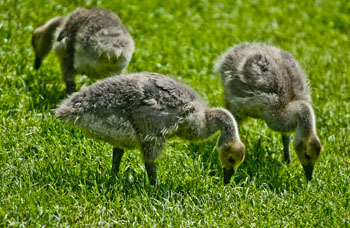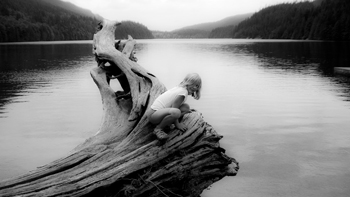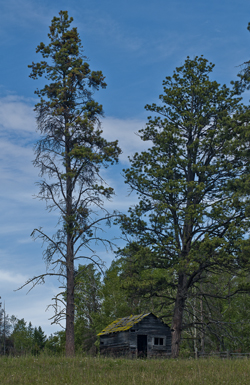Maps, Childhood, Disease and Living Bridges
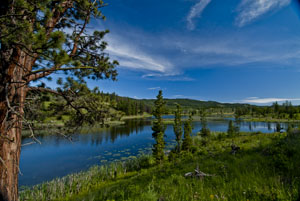
Two weeks ago I wrote about the rampant development planned in one of the cities here in the Lower Mainland in British Columbia. They plan to ‘develop’ most of the large wooded acreages remaining in the city into high density housing developments, that, if they are anything like the other development in the city, will strip all trees from the landscape. When I questioned that decision I was told that the land was just too expensive to keep in forest. This week I’m questioning that decision.
You see there is increasing evidence that contact with nature has profound effects on both adults and children, with the impact even greater for children. For example, research indicates that children with attention deficit are better able to concentrate after contact with nature. Children who regularly play in a natural environment have better motor skills and are sick less often. The diverse play opportunities of the natural environment leads to increased collaboration and improved language skills. Outdoor environments are important to children’s development of independence and autonomy. And these are just a few of the developmental benefits of nature for our children.
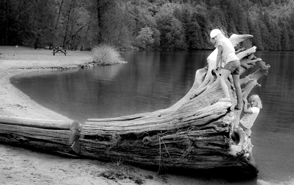
At the same time, we are seeing the development of what some researchers are calling a ‘childhood of imprisonment’ as opportunities for play in natural surroundings are being paved over and built upon and parents become so concerned about their children’s safety outdoors that play outside has virtually disappeared. Locally we see this with the proliferation of townhouses intended for young families being built with no yards, so that children are forced to play inside, unless a parent is willing to take children whatever distance it takes to get to a park.
If you don’t care about child development, other research (and maps) speaks to the impact of the destruction of natural habitat on the incidence of disease. A recent article in the New York Times pointed out that hot spots of emerging diseases and potential pandemics are where deforestation is occurring. As an example, researchers point out that a 4% increase in deforestation led to a 50% increase in malaria in some parts of the Amazon basin. Closer to home, North American deforestation has led to the increased spread of diseases like West Nile Virus and Lyme Disease, that are spread by robins and mice respectively. In both these cases, the replacement of forest with habitation of agricultural fields, tipped an ecological balance that favored animals and birds without their usual predators. This link takes you to an interesting map that shows that hot spots don’t just abound in other parts of the world. In North American areas of greatest risk exist around most of our largest urban centers—including here in British Columbia.
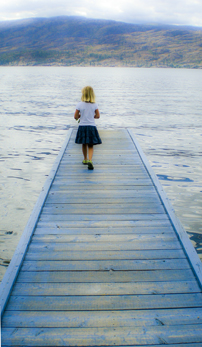
Today’s children live lives far different from what my generation enjoyed when we could go play down the block, in the park, and even in the woods. It used to be that during the summer children escaped outside to play in the fields or the local creek or the woods. Sometimes it was a vigorous game of tag. Other times we sought treasure with our homemade maps. Now children’s indoor lives have them living in a world that is dominated by media. Not only is this a loss for the children, but it is a loss for nature, because children raised without contact with nature and animals will have less reason to care about the natural world. Children’s experience of nature is being limited to T.V. programs like National Geographic and they are growing up thinking that nature is exotic and not learning that nature is right outside their door and that they must care for it.
This should concern all of us, for raising our children away from nature, means that we are separating them from a large part of who and what they are and stealing their access to an important natural legacy. Humans might think they are above, and can control, the environment, but as we see the impact of climate change wreaking havoc across America and the world, perhaps we need to rethink our strong-arm approach dealing with the coming disaster, and instead turn our minds to a more conciliatory approach to nature. It has been done before. As this lovely video about the living bridges of Northeastern India show, sometimes nature provides its own answer to a problem, if we can just value nature enough to listen and hear.
